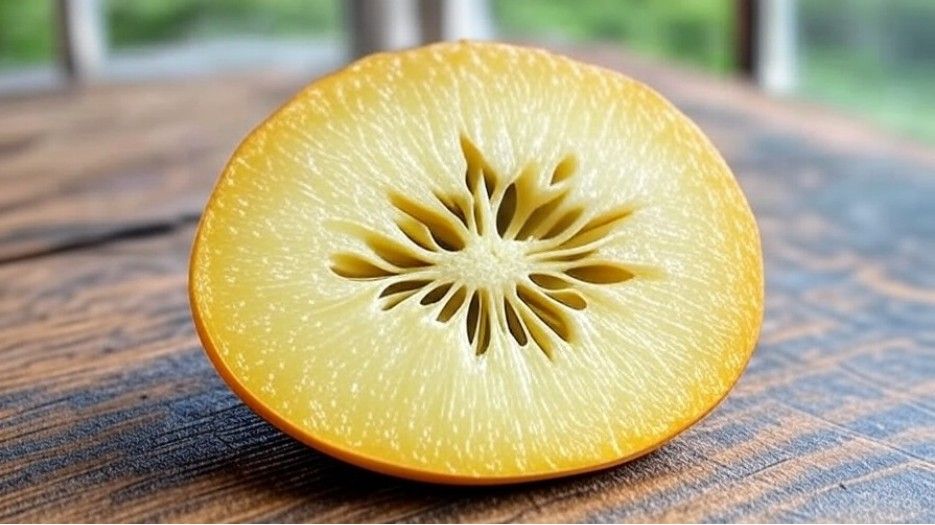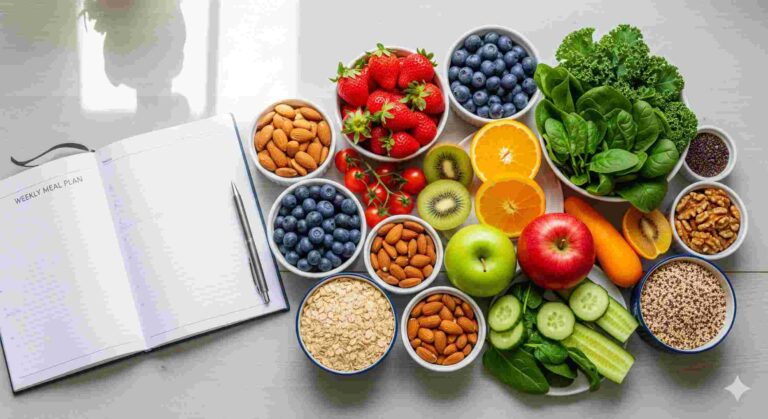
I’ll never forget the first time I tasted ugli fruit—an odd, bumpy citrus that looked more like a grenade than dinner. I was in Jamaica on assignment, and my local guide dared me to “take a bite.” That burst of tangy sweetness, with a hint of grapefruit and mandarin, made my eyes light up. That’s when I realized that exploring food that starts with U is like hunting for hidden gems—unique, surprising, and infinitely delicious.
From under-the-radar produce to beloved global staples, we’re taking a gastronomic tour of amazing “U” foods. These aren’t grocery-store fillers—they’re conversation starters, health boosters, and flavor powerhouses. Here are 10 standout examples, with insider tips and why they need a spot in your meal plan.
What Makes U-Foods So Underrated?
Exploring food that starts with U is like stepping into a secret menu of the culinary world. Many U-words—such as ube or umeboshi—originate from specific cultures, which adds diversity and depth to your cooking.
These foods often bring vibrant color, nutrients, and a taste that pops. Whether you’re a seasoned chef or a curious home cook, U-foods challenges the routine and invites boundary-pushing flavours.
What Are the Top 10 Foods That Start with U?
1. Ugli Fruit

Native to Jamaica, this citrus fruit looks like a misshapen grapefruit—but don’t let its rugged skin fool you. The inside is juicy, tangy-sweet, and refreshing, making it a fantastic alternative to oranges or grapefruits. It’s also rich in vitamin C, which is always beneficial for your immune system.
2. Ube
This vibrant purple yam from the Philippines has become a global dessert darling. It’s naturally sweet, packed with antioxidants, and turns every dish it touches into a violet masterpiece—from ice cream to pancakes. If you haven’t had ube cheesecake yet, you’re missing out.
3. Udon
Thick, chewy wheat noodles that hail from Japan, udon is the kind of comfort food that hugs your insides. You can enjoy it hot in a savory broth, chilled with dipping sauce, or stir-fried with veggies. It’s incredibly versatile and satisfying.
4. Ugadi Pachadi.

Credit: Yummy Tummy
This traditional Indian chutney is a festival food with deep meaning. Made from neem flowers, jaggery, tamarind, and mango, it represents the sweet, sour, bitter, and spicy moments of life. It’s not just food—it’s a metaphor on a plate.
5. Umeboshi
If you’ve ever tried Japanese bento, you’ve likely seen this pickled plum. Umeboshi is intensely salty and sour, often used as a digestive aid or to flavor plain rice. It’s a love-it-or-hate-it situation—but if you love bold flavors, this one will win you over.
6. Urfa Biber
Also known as isot pepper, this Turkish chili is smoky, sweet, and mildly spicy. Its complex flavor pairs beautifully with grilled meats, stews, and even chocolate. Sprinkle it over eggs or mix it into olive oil for an unforgettable dip.
7. Urad Dal

A staple in Indian cooking, urad dal is a black lentil that becomes creamy when cooked. It’s the key ingredient in dishes like dal makhani and the batter for dosa and idli. Rich in protein and iron, it’s a plant-based powerhouse.
8. Ulluco
This Andean root vegetable might remind you of a mini potato but with more color and a slick, slightly crunchy texture. Ulluco holds its shape well when cooked, making it perfect for stews and stir-fries. Plus, it’s visually stunning with its pink and yellow hues.
9. Ugli Bean
Also referred to as horsegarden peas in the American South, these heirloom legumes are making a quiet comeback. They have a mild, nutty flavor and are perfect in soups, succotash, or simply sautéed with garlic and herbs.
10. Umbu
Credit: Grok
This tropical fruit from Brazil is small, greenish-yellow, and intensely tart—kind of like a cross between a lime and a gooseberry. It’s often used in refreshing drinks and sherbets, especially in hot climates where you crave that pucker-up kind of freshness.
How to Make the Most of Exploring Food That Starts With U
Curious about how to weave these U-foods into everyday meals? Embrace the adventure in stages:
Start by swapping. Replace potatoes with ulluco in stews or try urfa biber instead of chili flakes on eggs. Integrate new flavors slowly. Mix ube puree into yogurt or smoothies. Add a piece of umeboshi to plain rice or broth for depth. Celebrate U-spotlight recipes. Master udon soup on a cozy night in, or host a South American dinner with ulluco stew.
What Are the Best Ways to Cook With U-Foods?
- Roast ublue/dal into soups or blend into curries—its earthiness shines with spices.
- Use ubers in baking—from muffins to breads—to add beautiful purple hues.
- Blend ubiquitous underused fruits like umbu into refreshing cold beverages or cocktails.
- Try udo(Japanese wild vegetable) in tempura or salads if available at Japanese grocers.
FAQ: Food That Starts With U
1. Can I find these foods easily in regular grocery stores?
Ugli fruit and udon noodles are usually available at major supermarkets. Other U-foods like urfa biber and umeboshi are found in specialty or international stores—online retailers also offer great options.
2. Are U-foods healthy?
Yes—most are high in nutrients like antioxidants (ube), protein (urad dal), probiotics (umeboshi), or fiber (ullucus). They’re flavorful ways to boost nutrient intake.
3. How do I store unique U-foods?
Root vegetables like ube and ulluco keep best in a cool, dry place. Dried goods like urad dal, urfa biber, and udon noodles go in your pantry. Umeboshi keeps well in jars refrigerated.
4. Any tips for pairing unfamiliar U-foods with everyday ingredients?
Absolutely! Try udon with spinach and sesame oil; ulluco in chili with beans; umeboshi smear in avocado toast; or ube swirl in vanilla ice cream. Pair visual contrast with complementary flavors.
U-nder-rated Foods That Start With U
Uncovering food that starts with U isn’t just quirky—it’s a passport to new textures, tastes, and traditions. From tart umbu juices to tangy umeboshi, there’s joy in discovery and flavor waiting to surprise. So pop something purple into your smoothie, trade out pasta for udon, or stir urad dal into your next curry. Your dinner and your stories will be richer for it.
Here’s my tip: pick one U-food a week—test it in breakfast, lunch, or dinner—and observe how it transforms your cooking. These culinary curiosities may soon become your new go-to ingredients.
Happy cooking—and stay curious!







